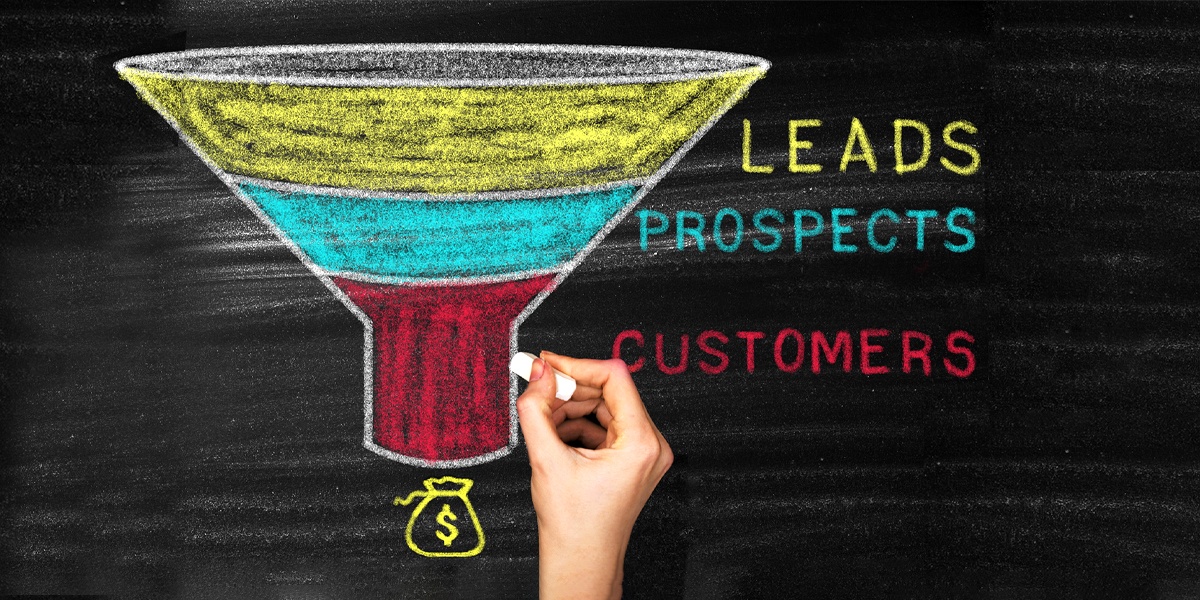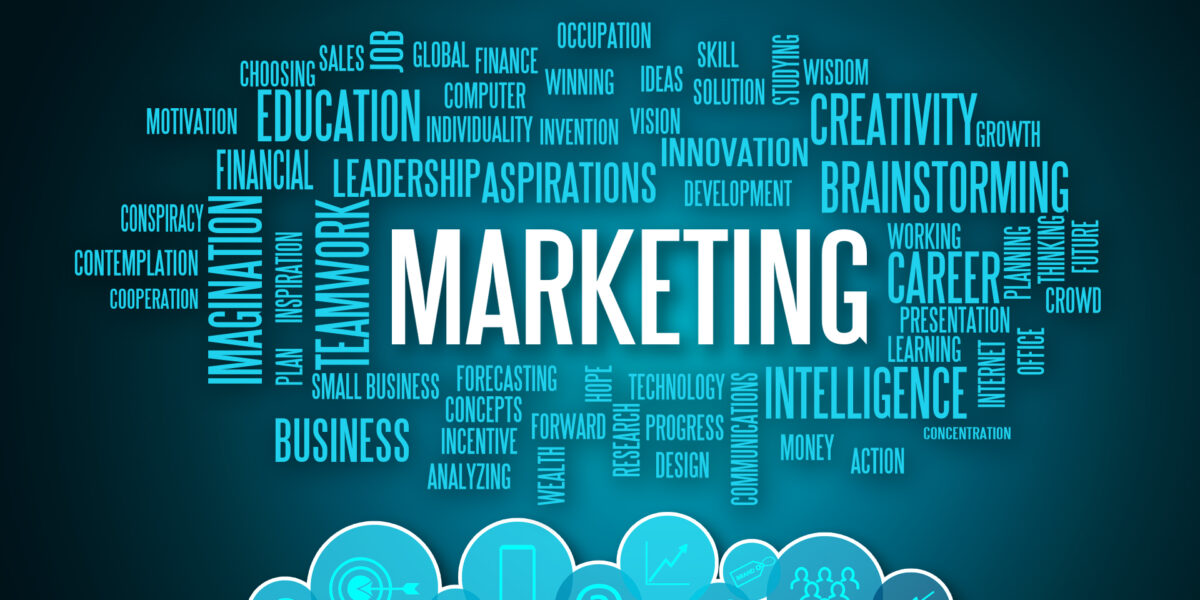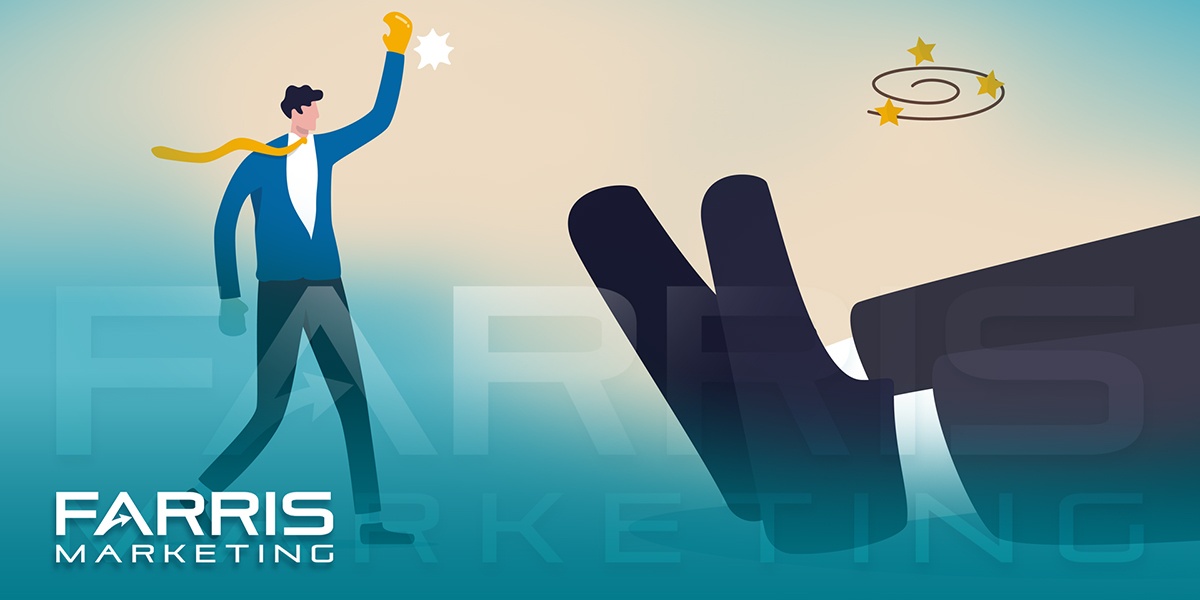QUESTION: Which of your competitors are using a sales funnel?
ANSWER: The most successful ones. So, isn’t time you developed yours?
A sales funnel manages the journey a potential customer takes, from first becoming aware of your product or service to making a purchase and ideally, becoming a loyal advocate. It helps track leads, converts prospects into customers and cultivates lasting customer relationships.
The sales funnel generally consists of four key stages:
Awareness — prospects become aware of your brand, product, or service, perhaps through advertising, social media, or word-of-mouth.
Interest — prospects demonstrate interest and start researching or gathering more information about your offerings.
Evaluation — Prospects evaluate their options and get ready to make a purchase decision.
Decision — The prospect makes the buying decision and becomes a customer — whereupon your focus becomes customer retention.
BENEFITS OF USING A SALES FUNNEL
Implementing a well-defined sales funnel offers numerous benefits for businesses. A sales funnel nurtures leads —guiding prospects with relevant messaging at each stage reduces drop-off rates and increases conversion likelihood. A sales funnel improves conversion rates, providing touch points ensure the right message reaches the right audience, driving more efficient conversions. A well-structured funnel provides clearer visibility into your sales pipeline, making revenue projections more accurate. Collecting valuable data on customer behavior informs marketing and sales strategies, allowing for optimized campaigns and messaging. Automated sales funnels increase efficiency, reducing wasted advertising expenditures. You should be able to develop a greater return on investment (ROI) by focusing efforts on high-intent prospects.
HOW TO APPLY THE SALES FUNNEL TO YOUR BUSINESS
Define your ideal customer profile (ICP) based on demographics, pain points, and online behavior. Develop engaging content tailored to each stage of the funnel. For example, use blog posts and social media to raise awareness, educational content like case studies to nurture interest, and product demos or free trials for the decision stage.
Create clear, engaging landing pages with compelling calls to action (CTAs). Ensure your website is easy to navigate, mobile-friendly, and loads quickly. Set up automated email sequences that deliver relevant content, address concerns, and guide leads toward a purchase. Display customer testimonials, reviews, case studies, and trust signals (like security badges) to build credibility and encourage conversions. Ensure your checkout process is smooth, quick, and secure to minimize cart abandonment.
Re-engage leads who visited your site but didn’t convert, with targeted ads reminding them of your offerings. Track key metrics like conversion rates and bounce rates to identify bottlenecks and optimize your sales funnel over time.
SHOULD YOU BUILD YOUR OWN SALES FUNNEL FROM SCRATCH?
No, you silly wabbit. Most of the sales funnels my firm develops use one or more of those software templates: HubSpot which is recognized as an all-in-one solution for sales funnels. But there is also ActiveCampaign, Keap, GetResponse, Pipedrive and others.
Sales funnels still require creativity and management but can produce amazing results. Sales funnels are a “must have” for growth.
Ask your competitors. #












Comment